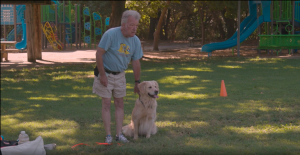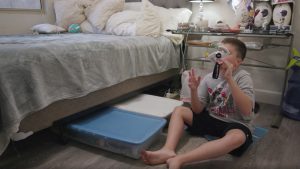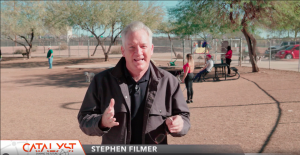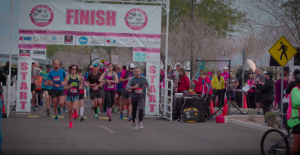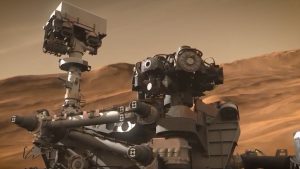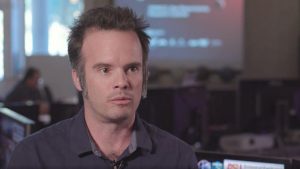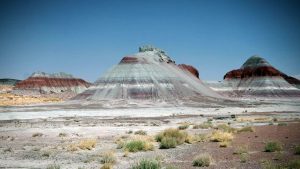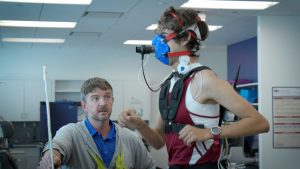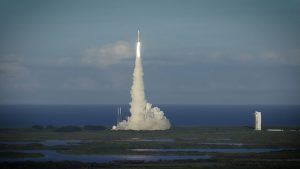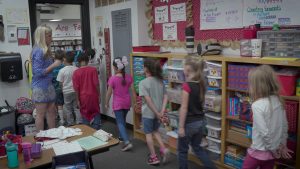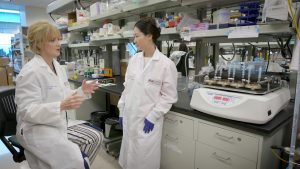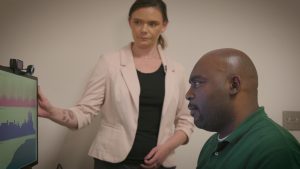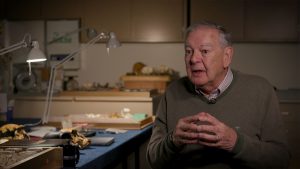Catalyst 303: Isotopic forensics
Nov. 4, 2020
Science helps ID deceased border-crossers
A little less than half of those who die trying to cross the southern U.S. border die in Arizona. Those sobering numbers present a scientific challenge: identifying the person who died so that loved ones can know what happened. An ASU researcher is using technology to meet this challenge. It’s an effort funded in part by a grant from the U.S. justice department.
The risks
The Arizona landscape is tough, dry, and, for much of the year, incredibly hot, said Catalyst host Vanessa Ruiz. The environment presents dangerous risks for people who want to cross the border.
“3,000 people have died just in our jurisdiction,” said Dr. Bruce Anderson from the Pima County Office of the Medical Examiner. “The 2,000 [or so] we have identified, we know were undocumented border crossers, most were migrants on their way to a blue-collar job — a few were smugglers.”
And the results
Bodies found in the Sonoran Desert are usually not well-preserved due to scavengers and exposure to the elements. Sometimes, a single sun-bleached bone is all Anderson has to work with.
Experts will analyze the circumstance of death and possessions to help identify the body in hopes it can be returned back to their homes. DNA is used only as a last resort due to the time-consuming and expensive process; Furthermore, DNA tests only work when a family reference is on file to be compared with.
“People are not seeing clearly that we are talking about human beings,” said Mirza Monterroso from the Colibri Center for Human Rights, an institution that works with the medical examiner’s office to return the remains. “These are kids of someone [who] made the ultimate sacrifice to try to come here and provide to their families a good life. These people deserve a chance to at least go home.”
According to the border patrol, the largest group of people crossing the southern U.S. border is from Guatemala, with over 265,000 Guatemalans apprehended last year for attempting to cross the border.





